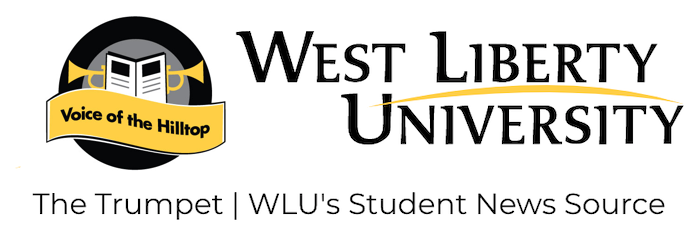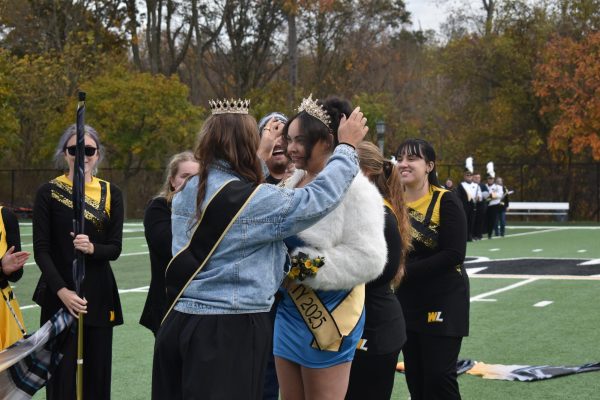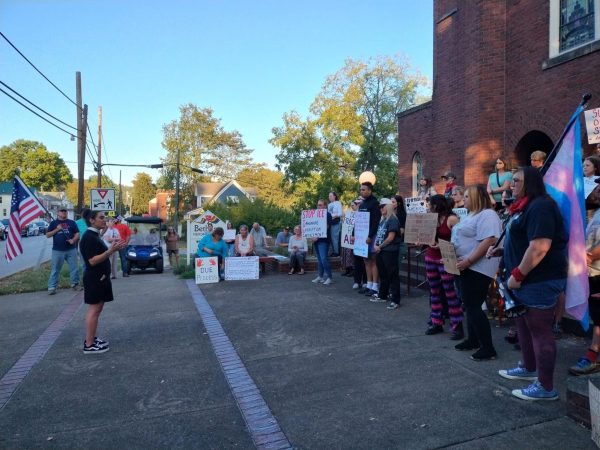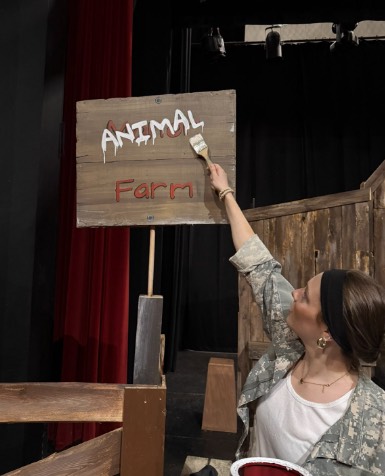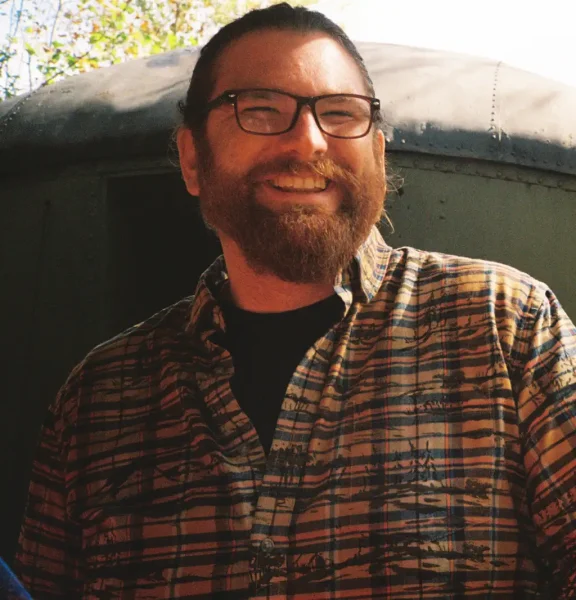Russia invades Ukraine after weeks of building tensions
Tensions between Russia and Ukraine have escalated to what has become the largest military invasion in Europe since World War II. Here is a basic timeline leading to the Russian invasion.
In February of 2014, Ukrainian citizens overthrew President Viktor Yanukovych who cooperated with Russian interests. Nearly 100 people died in protest that centered the capital, Kyiv. In April of that same year, Russia invaded Ukraine, annexing (forcibly taking territory) Crimea — the Ukrainian Peninsula. Donetsk People’s Republic and the Luhansk People’s Republic broke off from Ukraine after Russia annexed Crimea. War continued in Donbas, a eastern Ukrainian region, resulting in the death of 13,000 Ukrainian soldiers and civilians. Between 2014 and 2015, Russia, Ukraine, Germany and France signed cease-fire agreements known as the Minsk Accords.
Former comedian and current Ukrainian president, Volodymyr Zelensky, was elected by large majority vote with the promise to restore Donbas to the country. Present day, Vladimir V. Putin, Russia’s President, wanted to prevent Ukraine from “drifting towards the United States and its allies,” according to The New York Times.
Now perhaps, the biggest question — why did Russia invade Ukraine? Before answering this question, it’s important to note that Putin does not see Ukraine as a nation of its own independence. Rather, he feels the land still belongs to Russia to control and operate. Some speculate Putin carries grievances from the breakup of the Soviet Union in 1991, when Ukraine declared independence
As Ukraine continued to prosper in terms of being an independent and democratic European country, Putin viewed the Ukrainian government as a threat to Russia’s autocratic regime. Putin views western democracies as weak and vulnerable. These views pushed him to invade Ukraine as a part of what he called “a special military operation” that has now blown up to a full-on war between the two countries.
Dr. Brian Fitzpatrick, assistant professor of political science here at WLU, shared some insights about the situation in Ukraine and U.S. involvement in the conflict. “Putin was afraid of Ukraine becoming closer with Western Europe and EU countries, which was occurring. Instead, Putin wants Ukraine to have close ties with Russia. Putin was also afraid that Ukraine might join NATO, although there was little possibility of this actually occurring in the near future,” explained Fitzpatrick.
Fitzpatrick continued to say that the U.S. supplies Ukraine with military assistance and has already sent some troops over to Europe but has no plans to send troops into Ukraine. “The fear is because several of the countries that are neighbors with Ukraine are NATO members, if the war was to spill over into NATO member countries, then the US and other countries would join the war. In article 5 of the treaty establishing NATO, it says when any of the NATO countries are attacked then countries must consider it attack on all countries in NATO and therefore come to their assistance,” Fitzpatrick said.
Fitzpatrick thinks the biggest impact on Americans will be increased gas prices. He says Russia attacking Ukraine has caused an increase in global oil prices as Russia is a large exporter of oil. At the start of the invasion, U.S. President Joe Biden placed more “severe” sanctions on Russia. Fitzpatrick says sanctions are basically penalties imposed on countries from another country. An example would be one country not trading with another. Since 2014, the U.S. and other countries have put numerous sanctions on Russia, that have caused some damage to their economy. However, Fitzpatrick says that Russia has continually taken steps to restructure their economy in a way to where these sanctions will have less impact, making it possible for Russia to continue their attacks.
Fitzpatrick said, “Right now, 100,000s’ (if not millions) of people in Ukraine have been forced to flee their homes. There are lots of internally displaced people in Ukraine and there are lots of refugees crossing from Ukraine to neighboring countries. This is a humanitarian crisis that is likely only to get worse and there will be a significant need for other countries to provide assistance.”
Full details on what has happened in Ukraine since the invasion and minute by minute updates are available by vising The New York Times’ Russia-Ukraine War website. This is a developing story.
Annalise Murphy, of New Cumberland, W. Va., is a junior at West Liberty University and double majors in journalism and criminal justice. Murphy has volunteered...
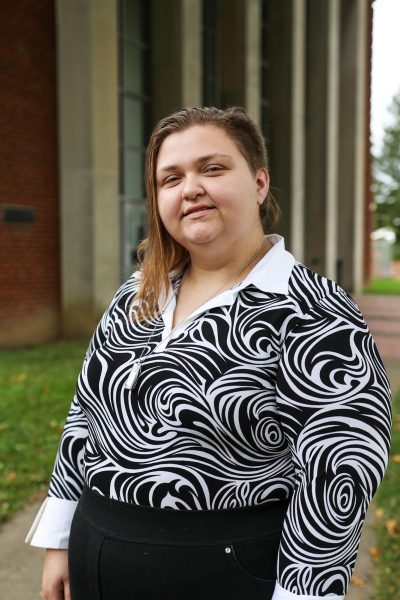
Haley Blakemore is a Senior in English Literature with a minor in Journalism from Reeader, WV. Blakemore has been on staff for the Trumpet since 2019....
